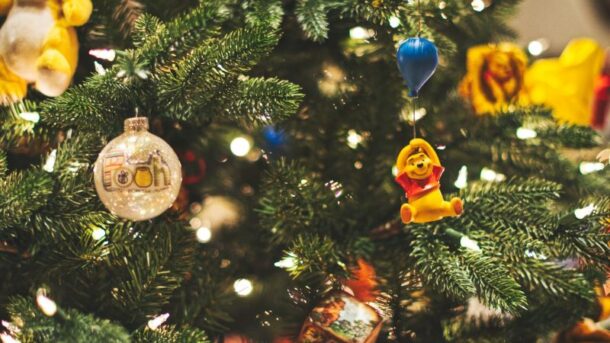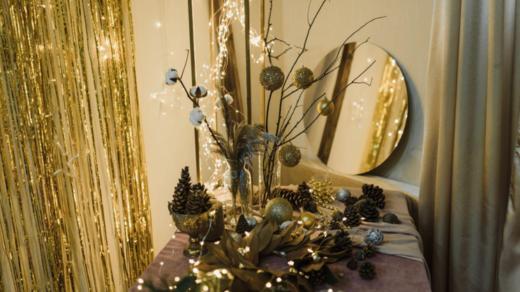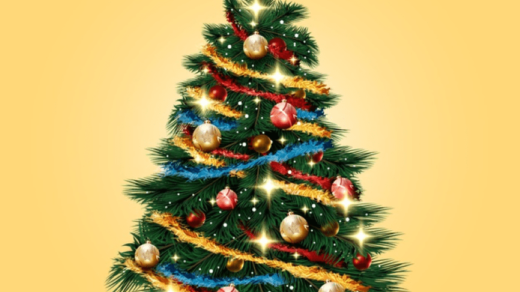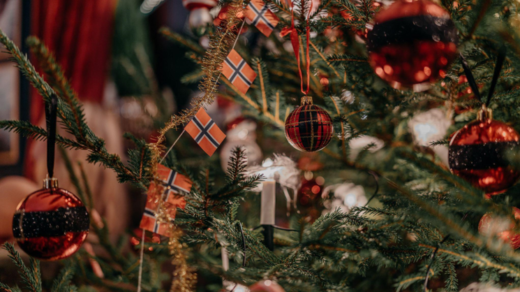Hanukkah: A Celebration of Light and History
Hanukkah, also known as the Festival of Lights, is a celebration that holds a significant place in Jewish culture and history. It is an eight-day festival that occurs in December, usually around the same time as Christmas. During this time, Jewish people around the world light a menorah to commemorate the miracle of the Hanukkah story. The holiday coincides with the rededication of the Second Temple in Jerusalem after maintaining its faith from oppression and violence.
The story behind Hanukkah dates back more than 2,000 years, to a time when Israel was under the rule of the Seleucid Empire. The Seleucids were a Hellenistic dynasty that ruled over a large area of the Middle East, including Israel. The policies of the Seleucid ruler, Antiochus IV Epiphanes, were oppressive towards the Jewish people. He demanded that they give up their faith, and he banned the practice of Judaism entirely. He defiled the Second Temple by killing pigs (an unclean animal in Jewish laws) on its altar and commanding his soldiers to worship there.
A small group of Jewish rebels, known as the Maccabees, refused to succumb to Antiochus’s decrees. With a fierce determination to preserve their religious and cultural identity, they launched a guerrilla campaign against the Seleucid forces. These forces were much stronger, powerful, and better-equipped. The revolution lasted three years, and the Maccabees finally won a miraculous victory over the Seleucids.
When the Maccabees returned to the Temple, they found it defiled and desecrated. They cleansed and purified it and relit the ner tamid- eternal flame. According to the Talmud, there was only enough oil to keep the ner tamid burning for a single day, but miraculously, it burned for eight days, giving the Maccabees ample time to produce pure oil. That is why Hanukkah lasts for eight days.
How Hanukkah Is Celebrated Around the World
The lighting of the menorah holds significant symbolism. The menorah holds nine candles or oil lamps; one for each of the eight Hanukkah nights, and the ninth is used to light the others. Each night, a new candle is added, and the menorah gets brighter and brighter. The nine branches of the menorah symbolize, among other things, the nine major biblical events that occurred on the 25th of Kislev, the first night of Hanukkah. The first night is called the “shamash” or “helper” candle, which is used to light the others.
Because of the symbolism behind the Hanukkah celebration, the menorah is an essential part of Jewish culture, representing hope, faith, and perseverance. Hanukkah is a testament to the ongoing resilience of the Jewish people in the face of adversity. Over time, the Hanukkah celebration has become a time of reflection, family gatherings, and delicious food. Jewish families gather together to feast on traditional foods like latkes- potato pancakes- and sufganiyot- jelly-filled donuts fried in oil, which symbolizes the miracle of the burning oil in the ner tamid of the temple.
In conclusion, Hanukkah is a time of celebration, joy, and unity. It is a time to reflect on the sacrifices made by the Maccabees, who stood strong in their faith and their culture. It is a testament to the ability of the Jewish people to persevere through the most challenging times in history. As the menorah shines brightly, illuminating our world, it reminds us of the hope, faith, and perseverance that is at the heart of Hanukkah. As the season approaches, may we all celebrate and share in the joy and light of Hanukkah.




